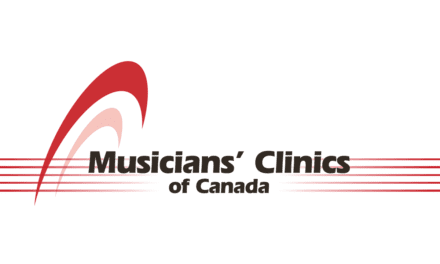Summary: Rinri Therapeutics has developed a minimally invasive surgical method that advances neural hearing loss treatment.
Takeaways:
- Innovative Surgical Technique: Rinri’s new method accesses the cochlear nerve through the inner ear’s round window, offering a safer and less invasive approach compared to traditional methods.
- Regenerative Cell Therapy: Rincell-1, Rinri’s leading product, aims to restore nerve connections and treat conditions like severe age-related hearing loss and auditory neuropathy.
- Upcoming Human Trials: Following promising preclinical results, Rinri plans to initiate the first human trials of Rincell-1 in 2025, potentially transforming care for neural hearing loss globally.
Rinri Therapeutics, a company focused on developing new treatments for hearing loss using regenerative cell therapy, announced an innovative surgical method to deliver treatments directly to the nerve that connects the inner ear to the brain.
Surgical Technique Addresses Hearing Loss
The new technique recently published in Scientific Reports (a high-profile journal from the prestigious Nature portfolio) was developed as a safe and minimally invasive way to deliver treatments directly to the nerve that connects the inner ear to the brain. It will be used in Rinri’s upcoming first human trial for Rincell-1, their leading product aimed at treating hearing loss, which is expected to begin next year.
How Cell Therapy Can Improve Hearing
Hearing problems like age-related hearing loss and auditory neuropathy spectrum disorder (ANSD) affect over 100 million people globally. These conditions happen when the nerve connections in the inner ear deteriorate. A cell therapy that can rebuild these connections could significantly improve hearing and quality of life for patients.
Rinri’s underlying technology is based on innovative research into auditory stem cells led by Professor Marcelo Rivolta at the University of Sheffield. It seeks to reverse sensorineural hearing loss through the repair of the damaged cytoarchitecture in the inner ear.
Previously, accessing these nerves required highly invasive surgery, as they are located deep within the skull. Funded by Rinri Therapeutics, researchers from the universities of Sheffield and Nottingham, King’s College London, Canada and Sweden, have now discovered a new safe and reliable way to access these nerves through the inner ear’s round window – a much less invasive and more accessible approach.
“This paper describes a novel surgical pathway to access the human cochlear nerve, opening up an important route to deliver new therapeutic agents, such as cells,” says Professor Marcelo Rivolta, from the University of Sheffield’s School of Biosciences. “For us, it is a fantastic achievement and it consolidates our plans of commencing critical trials to treat neural hearing loss in the very near future.”
Rincell-1 is designed to restore nerve connections between the inner ear and brain, offering a groundbreaking treatment for severe age-related hearing loss and auditory neuropathy. The treatment was developed using Rinri’s OSPREY platform, which creates ready-to-use regenerative cell therapies. Following strong preclinical results showing safety and effectiveness, Rinri plans to start human trials for Rincell-1 in 2025.
“The novel access route developed in elegant work by this team of leading hearing loss researchers and surgeons makes the delivery of transformative cell therapies like Rincell-1 possible,” says Simon Chandler, PhD, CEO of Rinri Therapeutics. “We’re delighted that the first-in-human trial for our lead product is on track to start in 2025, bringing the potential to transform the lives of people with neural hearing loss.”
Further Reading
“Neural hearing loss has a significantly detrimental effect on the ability to understand speech, particularly with background noise, with a significant detrimental impact on quality of life,” added Professor Doug Hartley, University of Nottingham, chief medical officer at Rinri Therapeutics. “The novel surgical access devised by this research collaboration provides a therapeutic pathway to the cochlear nerve which is expected to be highly valuable in clinical practice as part of regenerative cell therapy for this global unmet medical need.”
Logo courtesy of Rinri Therapeutics





